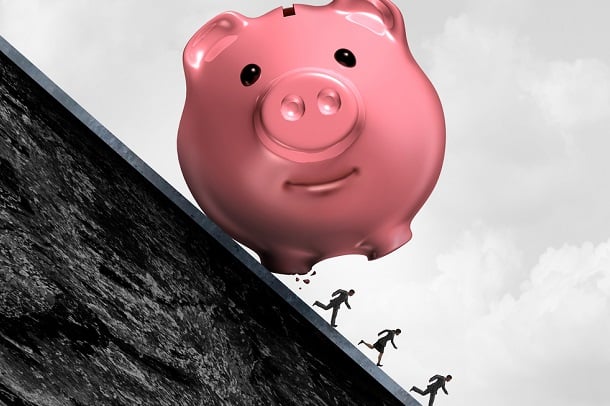 The study illustrates how anxiety is increased by financial worries–just 10 percent of the wealthiest Americans report being very anxious about their future. (Photo: Shutterstock)
The study illustrates how anxiety is increased by financial worries–just 10 percent of the wealthiest Americans report being very anxious about their future. (Photo: Shutterstock)
The social bargain that many Americans have accepted (if not embraced)—that extremes of wealth and poverty are part of an equation that allows the middle class to live in comfort and with "enough"—could be breaking down, according to the findings of a new national survey.
"Life Experiences and Income Inequality in the United States," a report from National Public Radio, the Harvard T. Chan School of Public Health Chan, the Robert Wood Johnson Foundation, surveyed more than 1,800 Americans of different levels of household wealth. The findings suggest stark differences in attitudes between the wealthiest and other groups—and a growing sense of insecurity among middle class households. The study looked at several areas of inequality—this article will look at general findings, while part two will focus on health care issues.
Recommended For You
Complete your profile to continue reading and get FREE access to BenefitsPRO, part of your ALM digital membership.
Your access to unlimited BenefitsPRO content isn’t changing.
Once you are an ALM digital member, you’ll receive:
- Breaking benefits news and analysis, on-site and via our newsletters and custom alerts
- Educational webcasts, white papers, and ebooks from industry thought leaders
- Critical converage of the property casualty insurance and financial advisory markets on our other ALM sites, PropertyCasualty360 and ThinkAdvisor
Already have an account? Sign In Now
© 2025 ALM Global, LLC, All Rights Reserved. Request academic re-use from www.copyright.com. All other uses, submit a request to [email protected]. For more information visit Asset & Logo Licensing.








